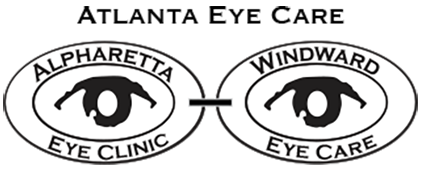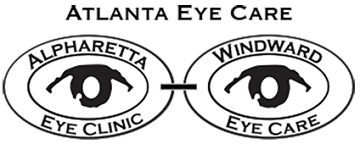Cataracts, or the clouding of the natural lens of the eye, is the leading cause of vision loss in adults age 55 and older, and the leading cause of blindness worldwide. With advances in surgical and intraocular lens technology, there are frequently many different approaches to restoring vision during Cataract surgery.
The surgical procedure for cataracts and presbyopia is essentially the same and offers a permanent solution to the effects of these causes of impaired vision. Most people prefer to have this procedure before their vision is significantly impaired, and by choosing one of the advanced multifocal intraocular lenses can enjoy good to excellent vision well into their future, often completely free from the need for glasses.
Symptoms of Cataracts
- Blurry or hazy vision, or dim vision that requires brighter lights in order to read small print
- Increased glare and sensitivity to light, especially in bright sunlight or while driving at night
- A yellowing of the vision
- Distortion, double images, or ghosting of the vision
- Increased nearsightedness or myopia, requiring frequent changes in your glasses prescription
About Cataract Surgery
Cataract surgery is performed on an outpatient basis and takes only a few minutes. It is now one of the most common and successful medical procedures performed. In fact, following cataract surgery, many patients experience vision that is actually better than what they had before they developed cataracts. The procedure usually takes between 15 and 30 minutes to remove the cloudy natural lens inside the eye and replace it with a new Intraocular lens (IOL).
Eye drops or a local anesthetic is used to numb the eyes. Next, an eyelid holder is placed between the eyelids to keep you from blinking during the procedure. A small incision will be made and the cataract will be broken up into microscopic particles and suctioned away. Depending on the surgical process determined best for you, this process may be done using a new laser or by traditional manual removal, in which a tiny ultrasonic probe will be used to break up the cataract using high-energy sound waves. This is called phacoemulsification.
Last, a folded intraocular lens (IOL) is inserted through the micro-incision, unfolded, and carefully placed into its permanent position. The small incision is “self-sealing” and usually requires no stitches. It remains tightly closed by the natural outward pressure within the eye. This type of incision heals fast and provides a much more comfortable recuperation.
Aftercare and Recovery
Patients may experience little or no pain and can usually return to their normal activities the following day. More than 3 million cataract surgeries are performed in the United States each year, and cataract surgery is considered one of the safest and most effective of all medical procedures.
Cataract Surgery is common. Diagnosis of the condition, following its progress, recommending the right lenses, and follow-up after surgery are the jobs of your optometrist. Atlanta Eye Care and Windward Eye Care professionals are experienced and thorough. You will receive high-quality care at both Alpharetta locations. If you live in Roswell, South Forsyth, or Crabapple, you are convenient to our clinics. Make the right decision for your vision. Call today. We are a family-friendly practice.


